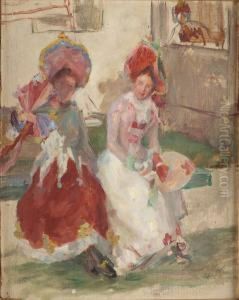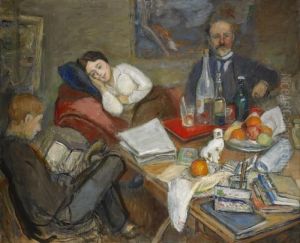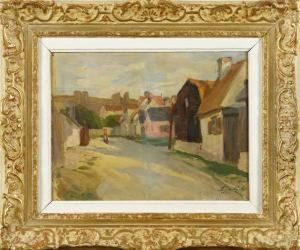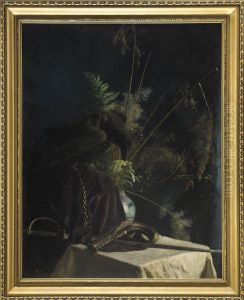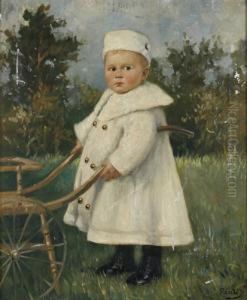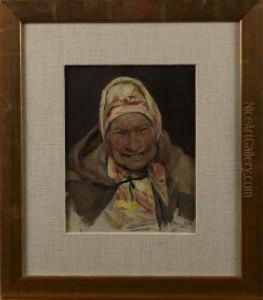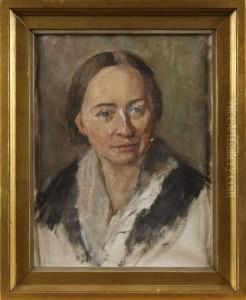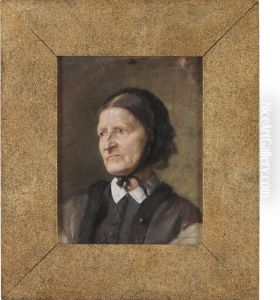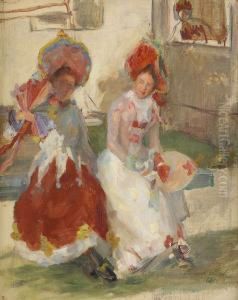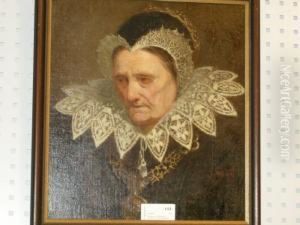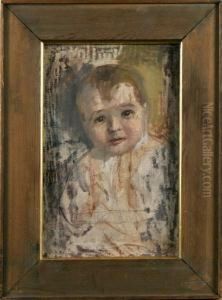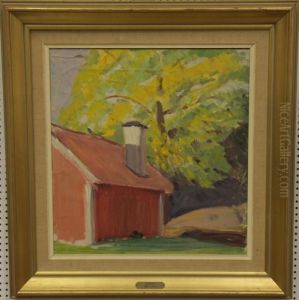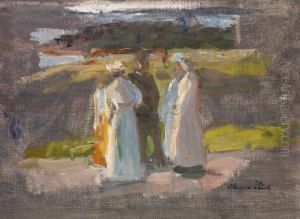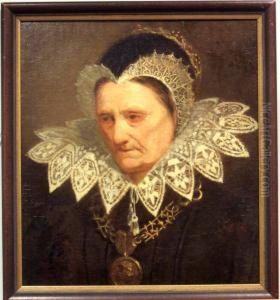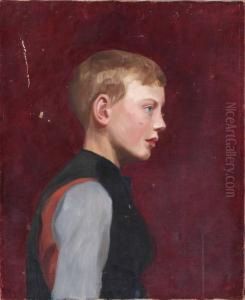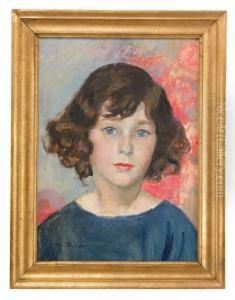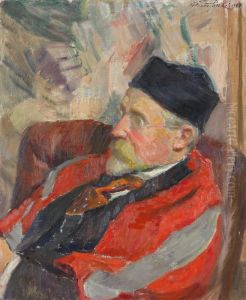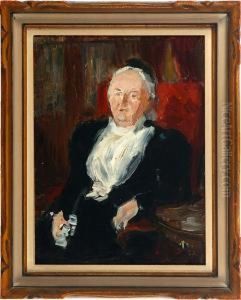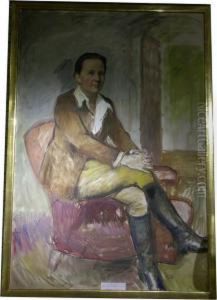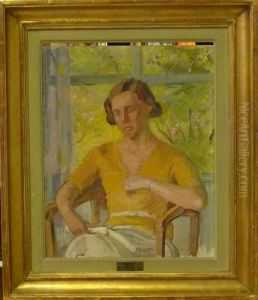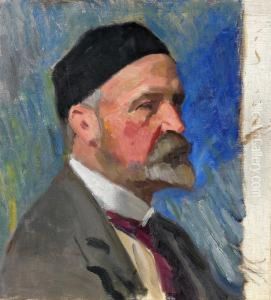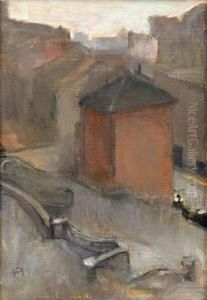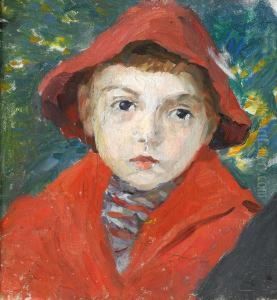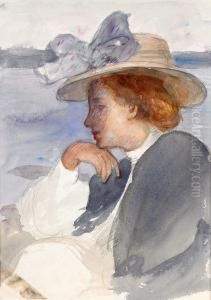Hanna Pauli Paintings
Hanna Pauli, born Hilda Hanna Pauli on January 13, 1864, was a notable Swedish painter known for her portraits, genre scenes, and landscape paintings. She was born in Stockholm to a family with strong cultural interests; her father was a publisher. Early on, she showed an aptitude for art and began her formal education at the Royal Swedish Academy of Arts at the age of sixteen, which was quite progressive for a woman in those times.
Pauli's talent was recognized early in her career, and she was awarded a Royal Medal, which allowed her to study abroad. She spent time in Paris, which was the epicenter of the art world in the late 19th century, studying under notable artists such as Puvis de Chavannes and Jean-Jacques Henner. Her time in Paris had a significant influence on her style, and she became associated with the plein air painting method, which involves painting outdoors to capture the natural light and atmosphere.
In 1887, Hanna Pauli married fellow artist Georg Pauli, and they became a part of the artist colony at Grez-sur-Loing, a rural village that had become a hub for Scandinavian artists. Her work from this period often depicted intimate scenes of family and friends, including her famous painting 'Frukostdags' ('Breakfast Time'), which highlights her skill in capturing the warmth and light of a domestic scene.
Throughout her life, Hanna Pauli was actively involved in the Swedish art community. She was a member of the Association of Swedish Women Artists and played a significant role in promoting female artists in Sweden. Despite the challenges she faced as a woman in a predominantly male profession, she gained considerable recognition in her lifetime and exhibited her work internationally.
Hanna Pauli's legacy is marked by her contribution to Swedish art, particularly in the realm of portrait painting. Her works are characterized by a sensitivity to color and light, and an intimate portrayal of her subjects. She passed away on December 29, 1940, leaving behind a body of work that continues to be celebrated for its beauty and historical significance.
